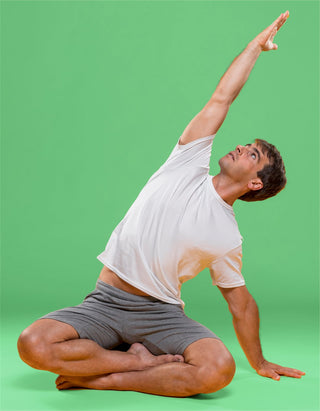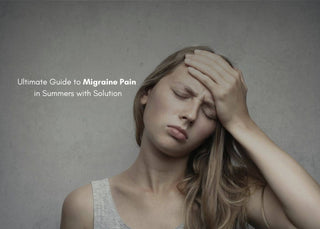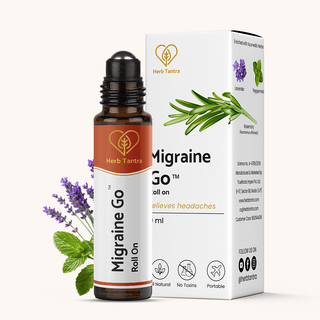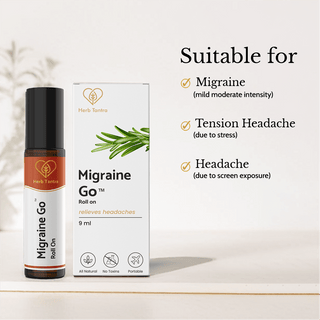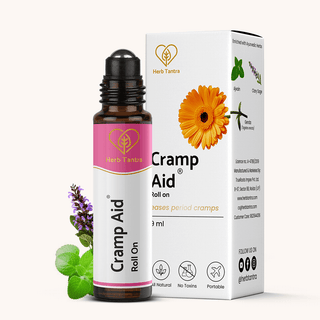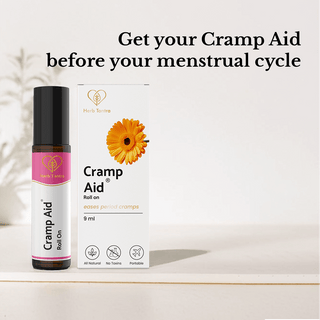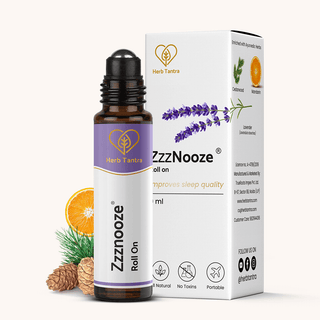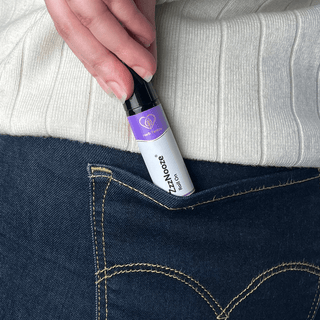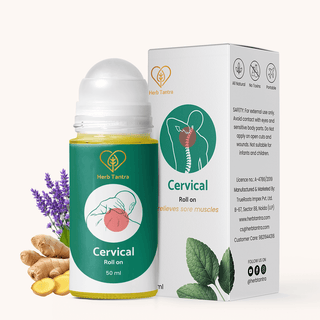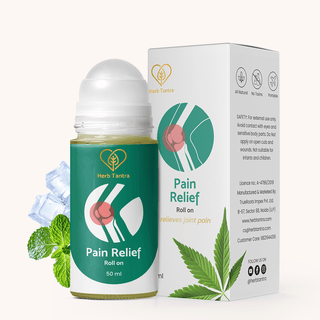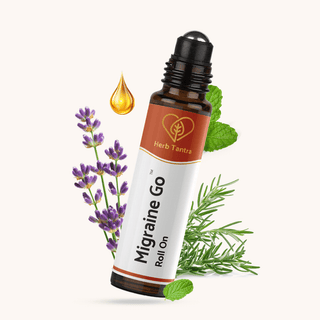The perfect summer day arrives—bright sunshine, clear blue skies, the promise of outdoor adventures—but instead of enjoying it, you're lying in a darkened room, temples throbbing, nausea rising, and every sound amplified to painful levels.
Summer migraines have struck again. That contrast—between the season meant for joy and the debilitating pain that keeps you isolated—is a reality many migraine sufferers know all too well. The same summer elements others celebrate—brilliant sunshine, rising temperatures, outdoor activities—can become your worst triggers.
"Why do these headaches hurt so intensely?" you might wonder as another beautiful day passes while you're trapped in pain. "And why do they seem even worse during summer?" These questions deserve thoughtful answers backed by science and compassionate solutions.
Throughout our guide, we'll unravel the mystery behind why summer migraine pain can be so extraordinarily painful, what specifically triggers these seasonal flare-ups, and most importantly, how natural approaches can provide meaningful relief when you need it most.
Understanding the Intensity: Why Are Migraines So Painful?
Unlike ordinary headaches, migraines represent a complex neurological condition. The question "why is migraine pain so painful" has fascinated researchers for decades, and recent discoveries provide fascinating insights.
Migraines involve a perfect storm of neurological events:
- The Trigeminal Nerve Connection: The trigeminal nerve, your face's primary sensory nerve, becomes hypersensitive during migraines. When activated, it releases inflammatory substances that cause blood vessels to swell, creating intense pain signals.
- Cortical Spreading Depression: During a migraine, a wave of abnormal brain activity spreads across your cortex. This phenomenon disrupts normal brain function and triggers severe pain sensations that ordinary pain medications often can't touch.
- Neurotransmitter Imbalance: Your brain's chemical messengers go haywire during migraines. Serotonin levels typically drop, while calcitonin gene-related peptide (CGRP) increases, amplifying pain signals.
- Central Sensitization: With repeated migraine attacks, your central nervous system becomes increasingly sensitive to pain, making each subsequent attack potentially more painful—a phenomenon particularly noticeable during seasonal triggers like summer heat.
Measuring Migraine Pain Intensity
How do we quantify something as subjective as pain? Medical professionals use several tools to measure migraine pain intensity:
The Migraine Pain Scale (0-10)
|
Migraine Pain Scale (0–10) |
Description |
|
0–3 |
Mild pain — noticeable but not disabling |
|
4–6 |
Moderate pain — interferes with normal activities |
|
7–9 |
Severe pain — significantly disabling |
|
10 |
Unbearable pain — may require emergency intervention |
Functional Impact Assessment
Another way to understand migraine pain intensity is through its functional impact:
Grade I: No disability, able to function normally
Grade II: Mild disability, can perform most activities
Grade III: Moderate disability, limited ability to function
Grade IV: Severe disability, unable to function
Summer migraines frequently push sufferers from Grade II to Grade IV, particularly when multiple triggers combine (heat + dehydration + disrupted sleep).
Common Causes of Migraines in Summer
Understanding the causes of migraine pain is crucial for effective management. Summer presents a unique constellation of triggers:
Environmental Triggers
- Bright Sunlight and Glare: Intense summer sunlight can trigger photophobia (light sensitivity), a common migraine precursor. UV rays and glare from water or light-colored surfaces can be particularly problematic.
- Barometric Pressure Changes: Summer storms bring rapid atmospheric pressure fluctuations that affect pressure-sensitive structures in your brain.
Lifestyle Changes in Summer
- Dehydration: Even mild dehydration (losing just 1-2% of body water) can trigger migraines. In summer heat, we lose water faster through sweat, often without realizing it.
- Disrupted Sleep Patterns: Longer daylight hours and summer activities often disrupt regular sleep schedules, a major migraine trigger.
- Dietary Shifts: Summer barbecues, ice cream, cold beverages, and increased alcohol consumption introduce various migraine-triggering substances.
Biochemical Factors
- Electrolyte Imbalances: Excessive sweating depletes crucial electrolytes like magnesium and potassium, both important for neurological function.
- Histamine Response: Summer allergies trigger histamine release, which can initiate migraine attacks in sensitive individuals.
- Oxidative Stress: Increased UV exposure generates free radicals that contribute to neuroinflammation and migraine susceptibility.
Who's at Risk: Summer Migraine Vulnerability
While migraines can affect anyone, certain populations show increased vulnerability to summer-induced attacks:
- Women: Hormonal fluctuations combined with environmental triggers create a "perfect storm" for female migraine sufferers, with 85% of chronic migraine patients being women.
- Young Adults and Teenagers: Those between 15-24 experience significant disruption from summer migraines, often during crucial academic or early career periods.
- Older Adults: Seniors may have compromised temperature regulation systems, making them particularly susceptible to heat-induced migraines.
- Those with Pre-existing Conditions: People with cardiovascular issues, obesity, or diabetes face heightened risk factors during summer heat waves.
How Summer Factors Worsen Migraine Pain
Summer doesn't just trigger migraines—it can actively intensify migraine pain through several mechanisms:
The Heat-Pain Connection
Heat expands blood vessels, including those surrounding sensitive nerve fibers in your brain. This vasodilation can intensify the throbbing sensation characteristic of migraines. Additionally, trying to cool down rapidly (like drinking ice-cold beverages) can trigger "brain freeze," which may evolve into a full migraine attack in susceptible individuals.
Dehydration's Compounding Effect
Even mild dehydration thickens blood, reducing oxygen delivery to brain tissues and intensifying pain signals. According to research from the University of Connecticut, dehydration also heightens pain sensitivity throughout the entire body, making existing migraine pain feel worse.
Natural Solutions for Summer Migraines
While conventional medication has its place, natural approaches can be particularly effective for summer migraines:
Hydration Strategies
- Drink at least 3 liters of water daily during summer
- Consider electrolyte-enhanced water for prolonged outdoor activities
- Consume water-rich foods like watermelon, cucumber, and strawberries
Temperature Management
- Apply cold compresses to the forehead, temples, or back of neck
- Take cool (not cold) showers to gradually reduce body temperature
- Create a cool, dark environment for rest during migraine attacks
Nutritional Approaches
- Magnesium-Rich Foods: Spinach, almonds, and pumpkin seeds help prevent migraines
- Omega-3 Fatty Acids: Found in fatty fish, flaxseeds, and walnuts, these reduce inflammation
- Riboflavin (Vitamin B2): Studies show supplementation can reduce migraine frequency
- Anti-inflammatory Herbs: Ginger, turmeric, and feverfew have demonstrated migraine-relieving properties
Migraine Go Headache Roll-On
Our bestselling Migraine Go Headache Roll-On combines carefully selected essential oils known for their migraine-relieving properties:
- Peppermint Oil: Creates a cooling sensation that helps constrict blood vessels and reduce inflammation
- Lavender Oil: Calms the nervous system and reduces stress-induced migraine intensity
- Eucalyptus Oil: Opens airways and provides sinus relief, addressing a common migraine trigger
-
Rosemary Oil: Improves circulation and contains anti-inflammatory compounds that target pain pathways



Conclusion
Summer should be a time for enjoying outdoor activities, family gatherings, and making memories—not battling debilitating migraine pain. By understanding why migraine pain is so painful, recognizing migraine pain intensity variations, and identifying the causes of migraine pain specific to summer, you're now equipped to take control. The combination of preventive strategies and effective natural solutions like herb tantra's migraine go roll-on offers a comprehensive approach to managing summer migraines.
FAQs
Q1. How to prevent migraines during summer?
Stay hydrated by drinking plenty of water with electrolytes, especially when outdoors. Maintain consistent sleep patterns despite longer daylight hours, and avoid the hottest parts of the day by scheduling activities in morning or evening. Wear polarized sunglasses to reduce glare and protect yourself from bright sunlight
Q2. How to reduce migraine pain immediately?
Apply cold packs to your head and neck area to constrict blood vessels and reduce inflammation. Move to a cool, dark, quiet room to minimize sensory stimulation. If using herb tantra's migraine go roll-on, apply it to temples and the back of neck for natural relief through cooling essential oils.
Q3. Why are summer migraines often more intense than those in other seasons?
Summer migraines tend to be more severe due to multiple triggers occurring simultaneously—heat, bright sunlight, dehydration, and disrupted routines. The combination of increased barometric pressure from summer storms and temperature fluctuations affects blood vessels in and around the brain, causing them to dilate and intensify pain.
Q4. Can certain foods trigger summer migraines?
Yes, summer dietary changes often introduce migraine triggers like alcohol (especially at barbecues and outdoor gatherings), frozen treats that may cause "brain freeze," and dehydrating caffeinated beverages. Irregular meal timing during vacation periods can also lower your migraine threshold, making you more susceptible to attacks from other environmental factors.
Q5. When should I seek medical attention for a summer migraine?
Seek immediate medical care if your migraine is accompanied by fever, stiff neck, confusion, or is dramatically different from your usual pattern. Also get help if the pain is "the worst headache of your life," persists beyond 72 hours despite treatment, or if you experience new neurological symptoms like weakness, vision changes, or speech difficulties.


